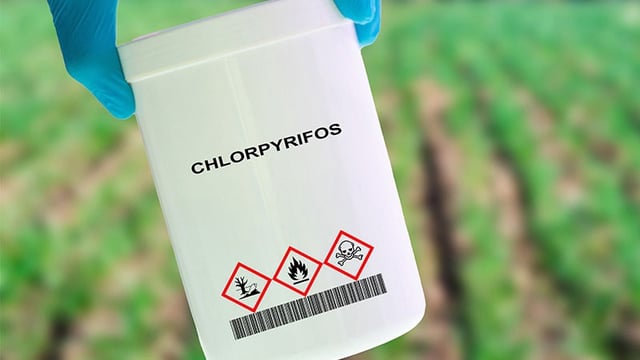Overview
- Researchers followed a prospective cohort of 270 children with measurable umbilical‑cord chlorpyrifos, using anatomical, diffusion, perfusion, and spectroscopic MRI plus behavioral testing at ages 6–14.
- Higher prenatal exposure correlated with thicker frontal, temporal, and posteroinferior cortices, reduced frontotemporal white matter volumes, increased internal‑capsule myelination, lower cerebral blood flow, and lower neuronal‑density indices.
- Children with greater exposure performed worse on fine motor speed and motor programming tasks, demonstrating a graded association across imaging and behavior.
- In this cohort, exposure primarily stemmed from pre‑2001 indoor spraying, yet continued agricultural use on non‑organic crops and pesticide drift sustains risks for pregnant women and farmworker communities.
- Authors cite oxidative stress, inflammation, mitochondrial disruption, and impaired myelination as plausible pathways and urge monitoring of exposures during pregnancy and early childhood.

